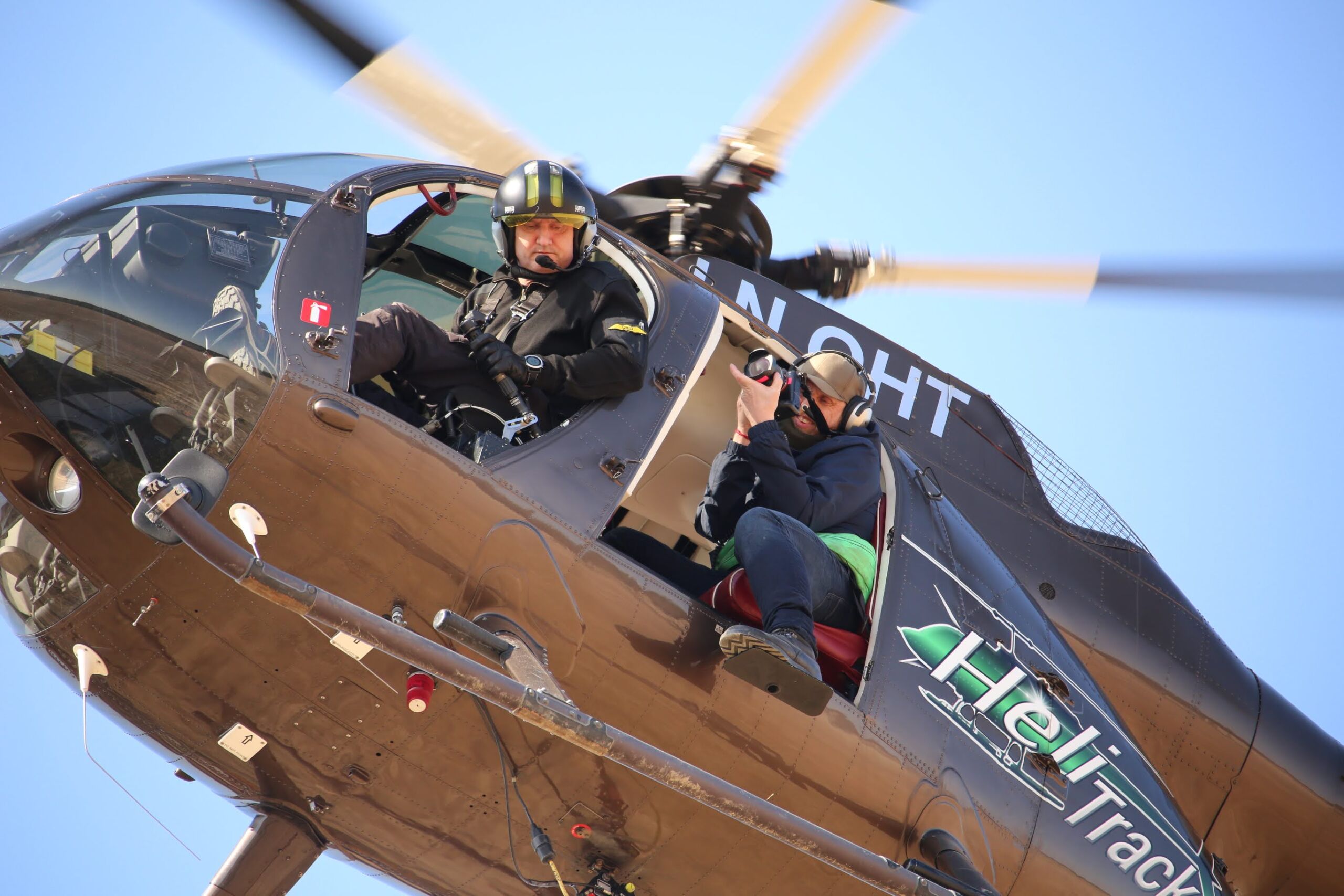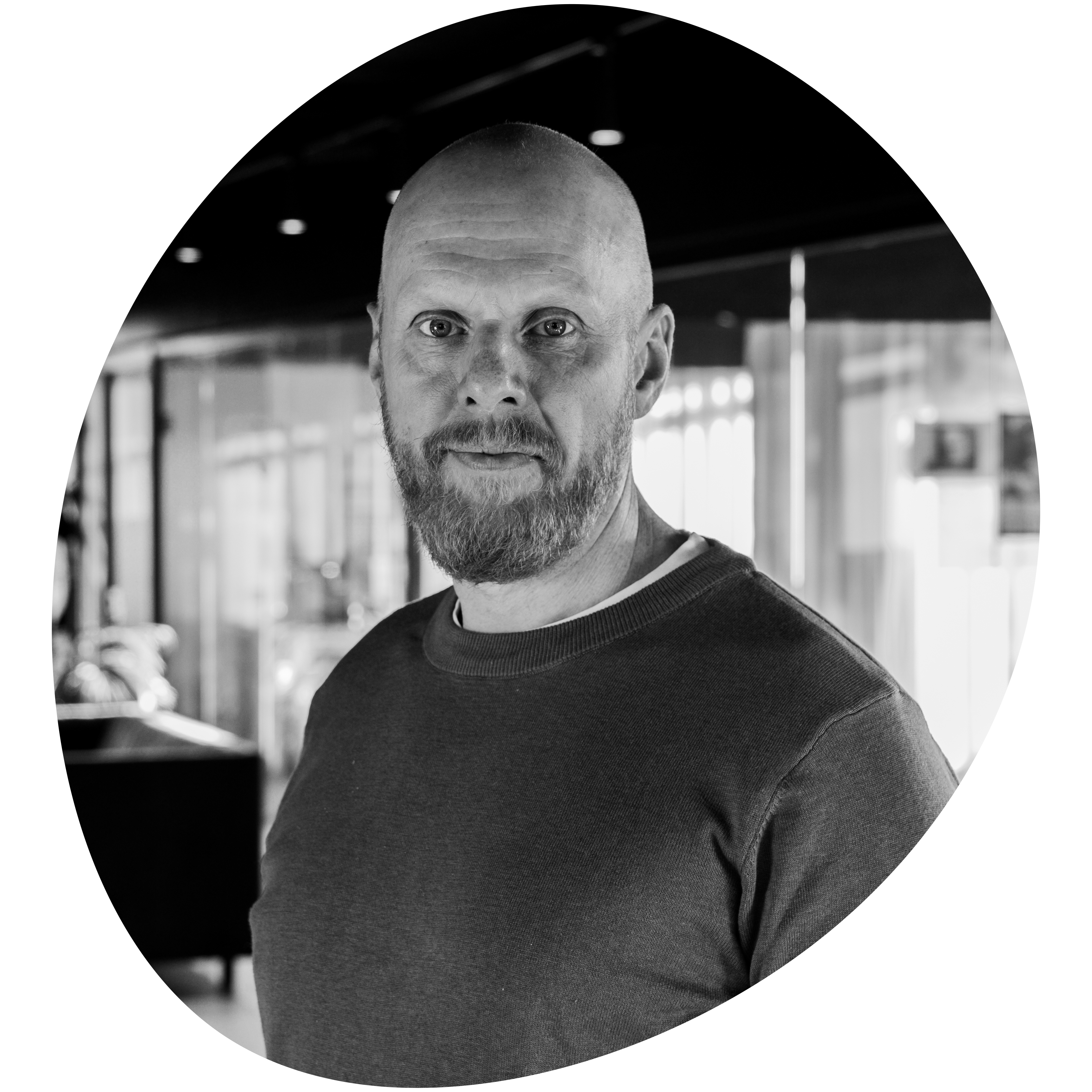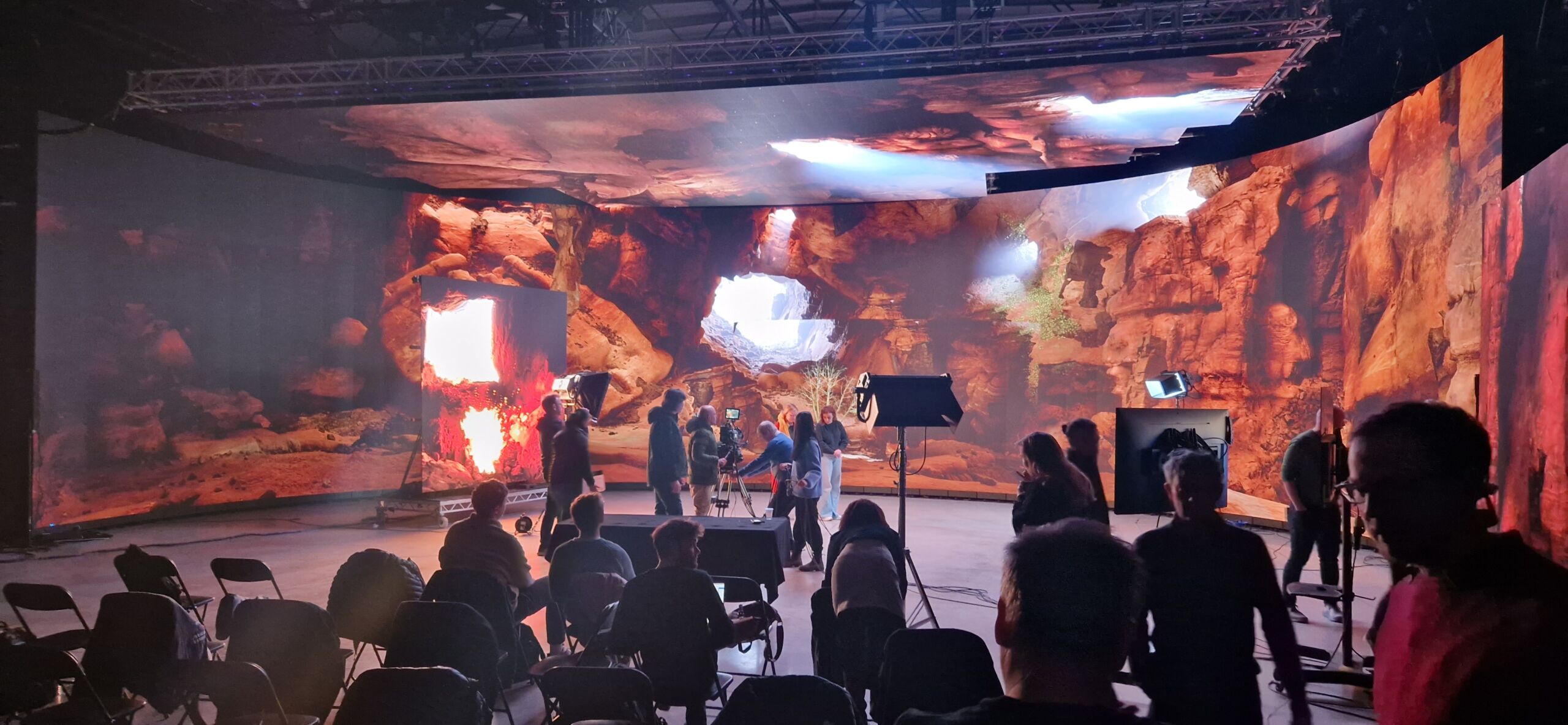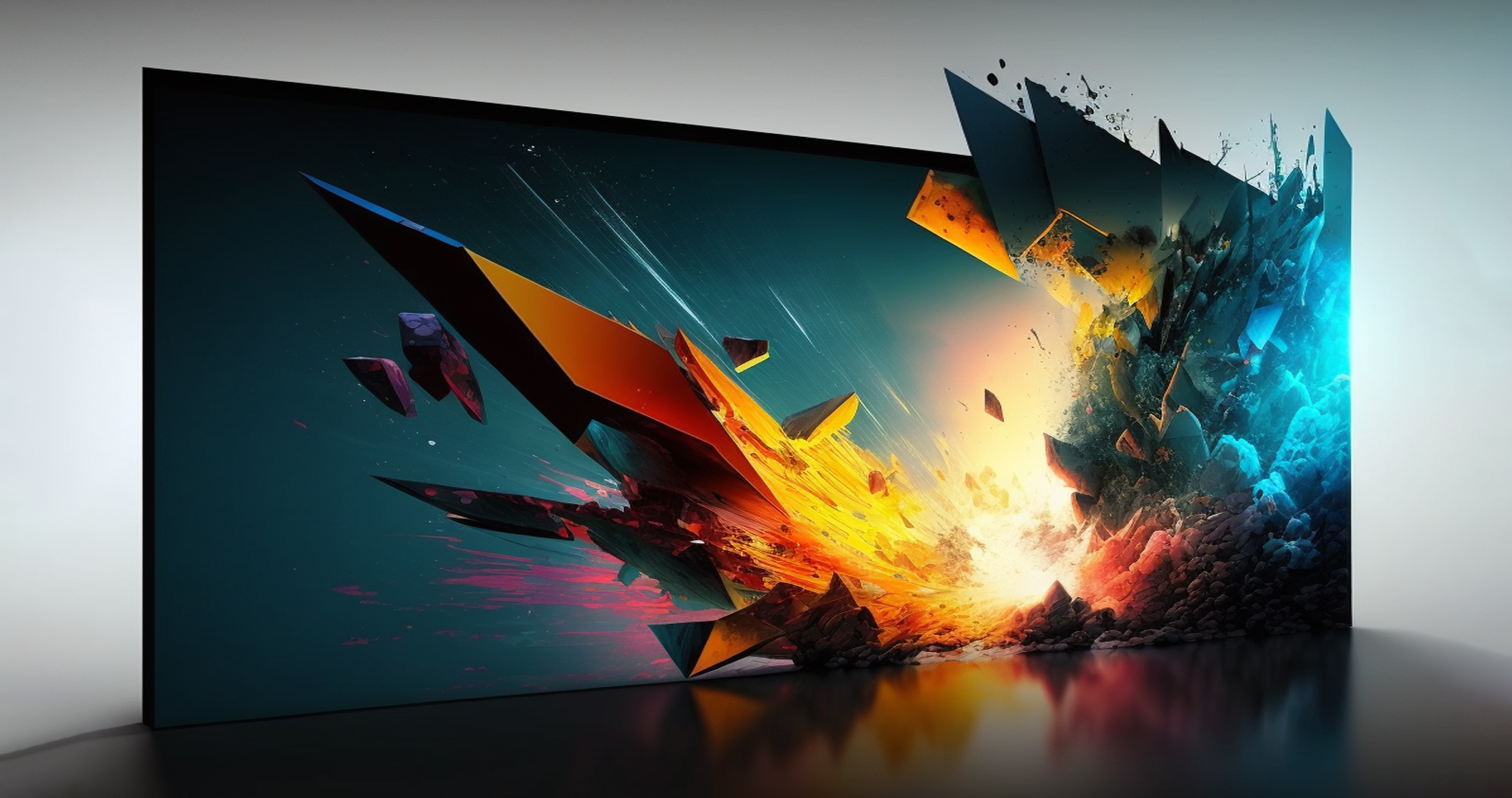“How much does a film cost?” is a question we often get. There are more factors than you might think that determine this.
As many know, a film production can be very expensive – or very affordable. It’s useful to understand what drives costs up and down, and it’s not necessarily the quality that’s the deciding factor. To consider costs – and potential savings – we can break it down into three areas:
- What kind of technology will be used
- How complex the production is
- How the workflow is organized
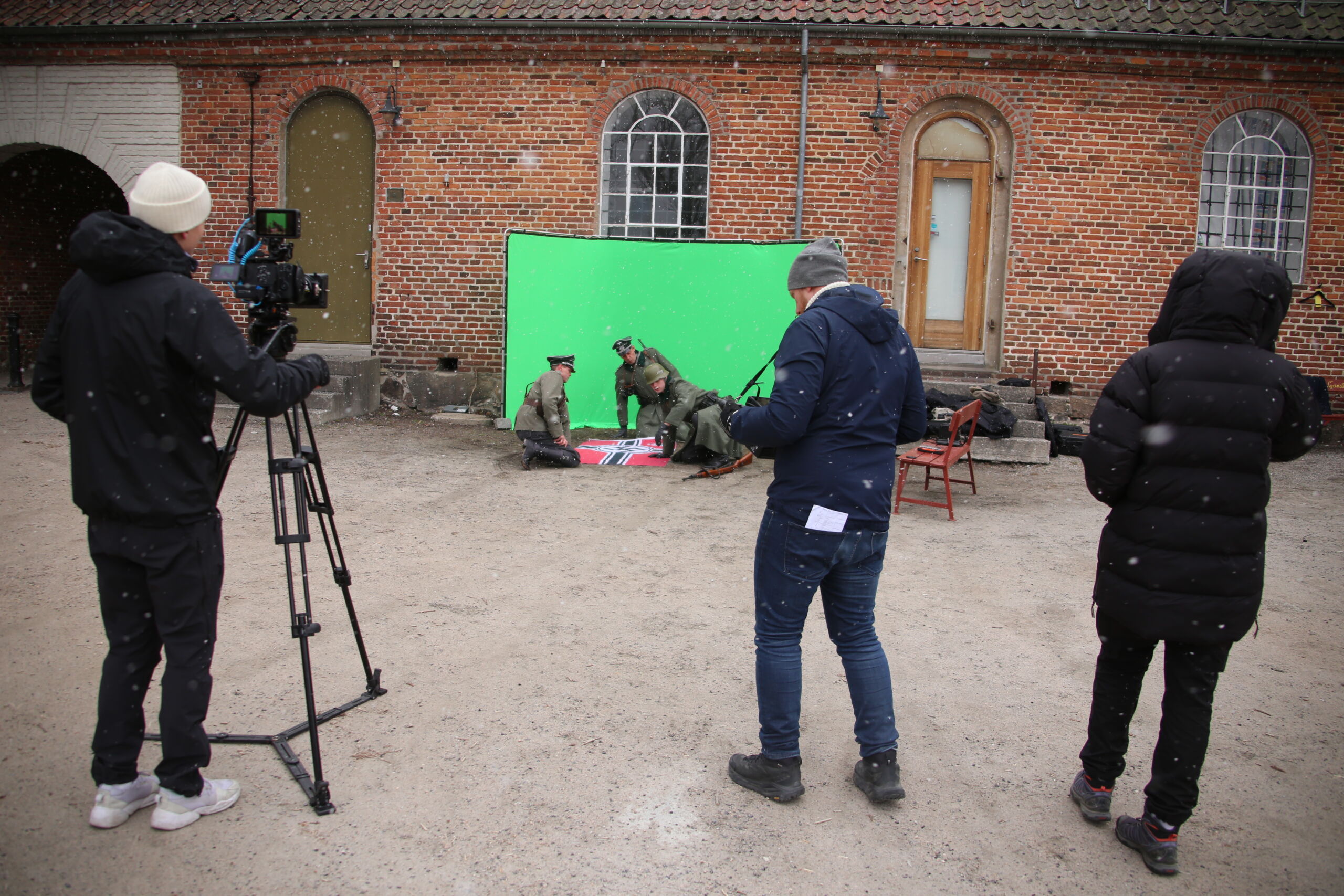
Technology
Whether it’s film, animation – or both, it’s smart to agree on the ambitions. Often, people have a vision of how they want the final result to look, based on something they’ve seen, so it’s good to clarify these expectations early on. What might seem expensive may not actually be that costly, and conversely, some things that look simple can sometimes be very time-consuming.
A film shoot requires lighting, sound, camera, and a cinematographer. You also need a suitable location for filming. The more equipment, the better the footage, but it’s about finding a golden mean.
Animation can be divided into 2D and 3D, and it’s not necessarily the case that 2D is always cheaper. Much has changed in the digital world, so rendering time and complexity aren’t what they were just a few years ago. Other details, often the amount of manual work involved, determine the production time.
Complexity
It’s not necessarily true that a long film is more expensive than a short one. It’s the number of scenes, locations, models, and shots that matter. If we’re modeling something in 3D, it’s the modeling and texturing that are time-consuming. The number of shots from these 3D scenes and their duration are less important. However, if we’re animating elements, time often becomes a more critical factor, and character animation is usually the most complex.
For live action production, the big budget questions revolve around the size of the set, technical equipment, and the number of people to be managed. We have extensive experience with small, mobile teams that can achieve a lot with little.
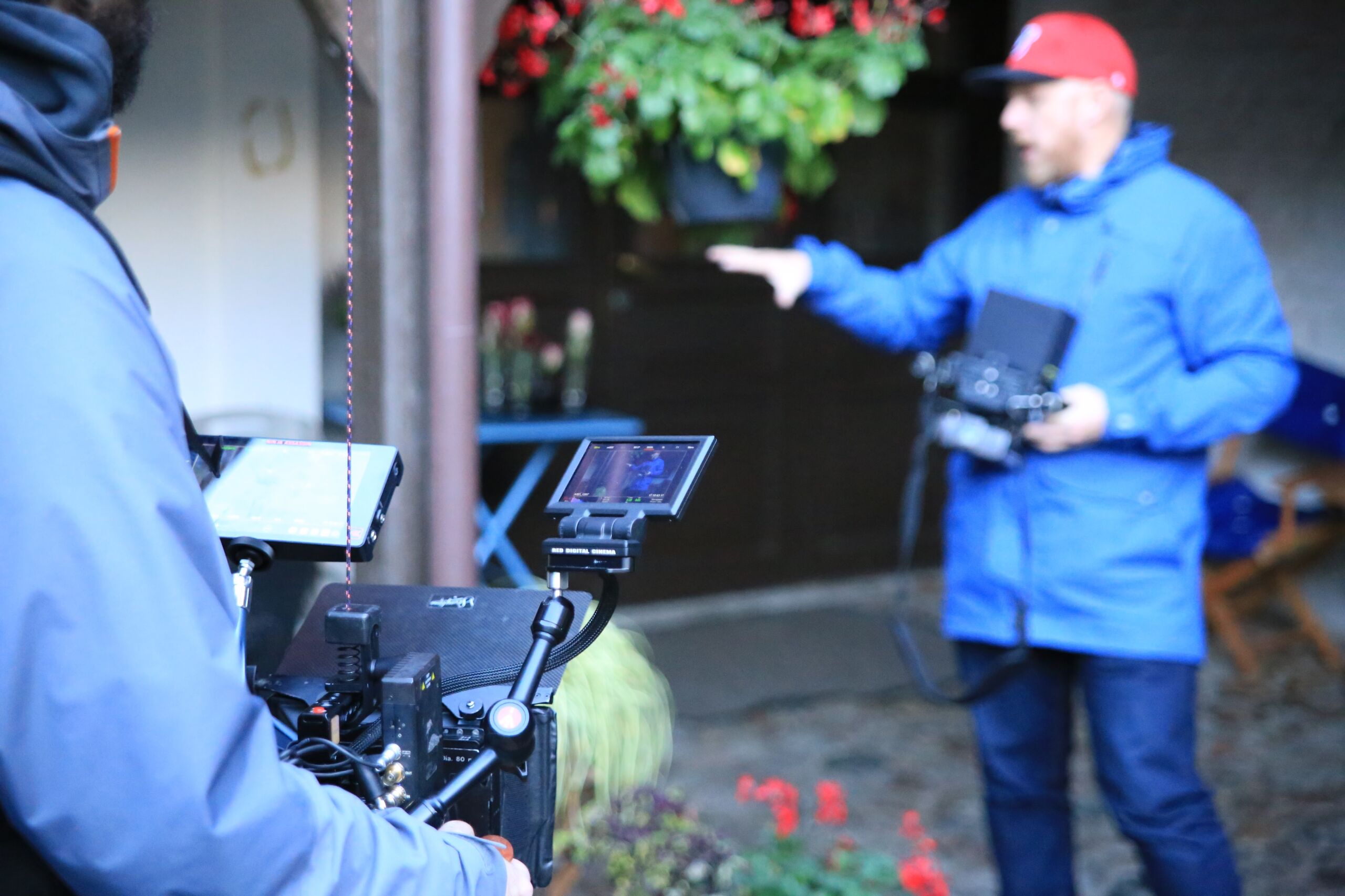
Workflow
The most important factor of all is the workflow. The foundation for all successful projects is good planning, short decision-making lines, and solid methodology. What often increases costs are multiple layers in the decision-making process, communication through several channels, changes to the project during production, and unclear ambitions that lead to surprises along the way.
Netron has developed its own thoroughly tested method used in all film productions. This method ensures a predictable and systematic workflow from start to finish. It allows us to work linearly from beginning to end, guaranteeing that we deliver on time and within budget.
Conclusion
The cost of a film ultimately depends on how efficiently the production is organized. It comes down to whether you have – or get help with – creating a good brief for a dedicated team that understands the task and can deliver what you expect within the agreed terms. This is ensured by a solid methodology for executing the project.
So simple, yet so challenging.

